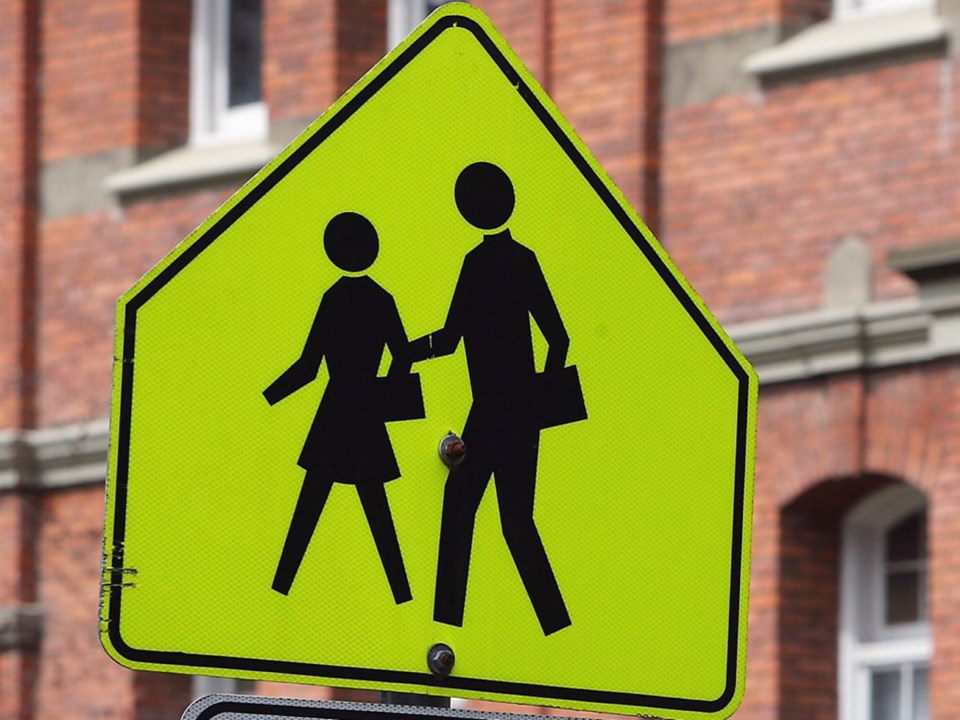The provinceās teachers ā who have been without a contract since the end of June ā are set to return to mediation with the B.C. Public School Employersā Association.
Dates have been set for the last week of February, and B.C. Teachersā Federation president Teri Mooring ā whose organization represents about 45,000 members ā said there is hope for more in March
āWe feel like we really do need to make some progress here,ā she said.
The mediator is David Schaub, who was appointed by the Labour Relations Board and has been associated with the talks since the summer.
Mooring said there hasnāt been any meaningful mediation since the mediatorās report was released in November, although the parties met for a few days in December. āWeāve been talking about getting back to the table for a while now.ā
Mooring said the BCTF rejected the mediatorās report because it didnāt go far enough to address recruitment and retention issues. āAnd since that report has been issued, the teacher shortage has gotten even worse.ā
Teachersā pay in B.C. is the second lowest among jurisdictions across the country, Mooring said, adding Alberta pays $10,000 more a year than B.C. for teachersā salaries.
She said the teacher shortage is especially evident in the Peace region, north central B.C. and the north coast, where an āunprecedentedā number of people without proper certification are teaching in classrooms ā 23 in Dawson Creek and 18 in Quesnel, for example.
Greater Victoria Teachersā Association president Winona Waldron said a provincial job-action plan has been approved in a vote by teachers and makes provision for escalating job action.
āBut weād much rather not get to that point, and just be able to get a fair, negotiated deal.ā
Saanich Teachersā Association president Don Peterson echoed Waldronās comments, saying there is a commitment to the mediatorās process.
Mooring said the BCTF will not engage in any job action while mediation is underway. āHowever, weāve been at the table for a year and people are getting very frustrated that we donāt have a deal already.ā
Phase 1 of the job-action plan is focused on engaging and educating members, while Mooring said in an email to members that Phase 2 would require a membership vote and would target teachersā administrative tasks.
Extracurricular and volunteer activities would not be affected.
The initial emphasis of Phase 2 would be the severity of the teacher shortage, the email said. It would not require teachers to picket.
Phase 3, which would require another membership vote, would escalate to rotating strikes, while Phase 4 would be a full strike.
The purpose of the plan is āto put extra pressure on the bargaining table,ā the email said.
Waldron said local and provincial issues are bargained separately, so while the BCTF goes to mediation, her 2,000-member group settled several items last year, including concerns about the posting and filling of job vacancies.
Alan Chell, who chairs the board of the B.C. Public School Employersā Association, said āeverythingās still on the tableā with the mediator.
āItās his job to work with the two parties and try to help us move forward toward a settlement and a contract.ā
He said the major issues include class size and composition. A 2016 Supreme Court of Canada ruling restored B.C. teachersā right to bargain class size and composition, a right that was taken away by the B.C. Liberal government in 2002.
Chell said he doesnāt know what the time frame for the mediated sessions will be.ā
āAs long as weāre in mediation, I think thatās a good sign.ā



